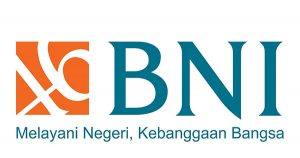In the experimental (non-clinical) research arena, the phrase good laboratory practice or GLP specifically refers to a quality system of management controls for research laboratories and organizations to try to ensure the uniformity, consistency, reliability, reproducibility, quality, and integrity of chemical (including pharmaceuticals) non-clinical safety tests; from physio-chemical properties through acute to chronic toxicity tests.
GLP was first introduced in New Zealand and Denmark in 1972, and later in the US in 1978 in response to the Industrial BioTest Labs scandal. It was followed a few years later by the Organisation for Economic Co-operation and Development (OECD) Principles of GLP in 1992; the OECD has since help promulgate GLP to many countries. GLP applies to non-clinical studies conducted for the assessment of the safety or efficacy of chemicals (including pharmaceuticals) to man, animals and the environment. An internationally recognized definition of GLP can be found on the website for the Medicines and Healthcare products Regulatory Agency-UK which defines GLP as:
Good Laboratory Practice (GLP) embodies a set of principles that provides a framework within which laboratory studies are planned, performed, monitored, recorded, reported and archived. These studies are undertaken to generate data by which the hazards and risks to users, consumers and third parties, including the environment, can be assessed for pharmaceuticals (only preclinical studies), agrochemicals, cosmetics, food additives, feed additives and contaminants, novel foods, biocides, detergents, etc. GLP helps assure regulatory authorities that the data submitted are a true reflection of the results obtained during the study and can therefore be relied upon when making risk/safety assessments.




